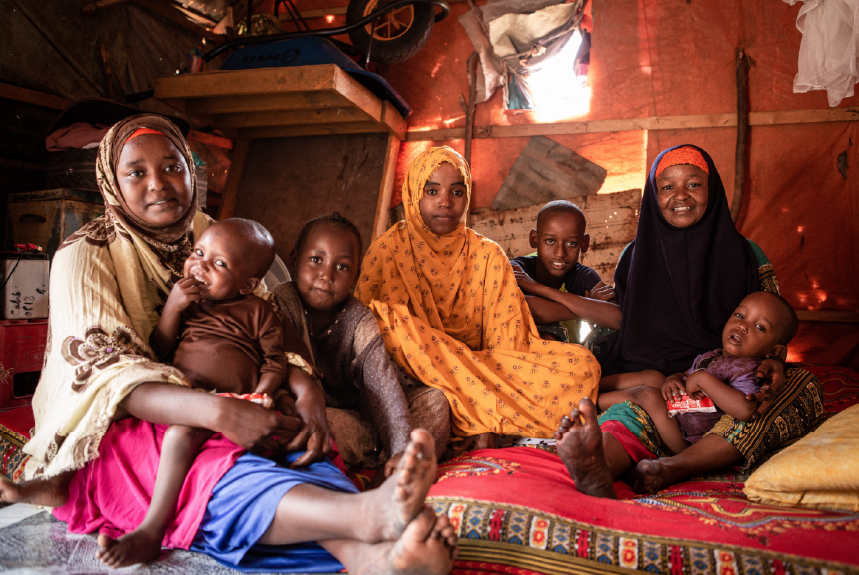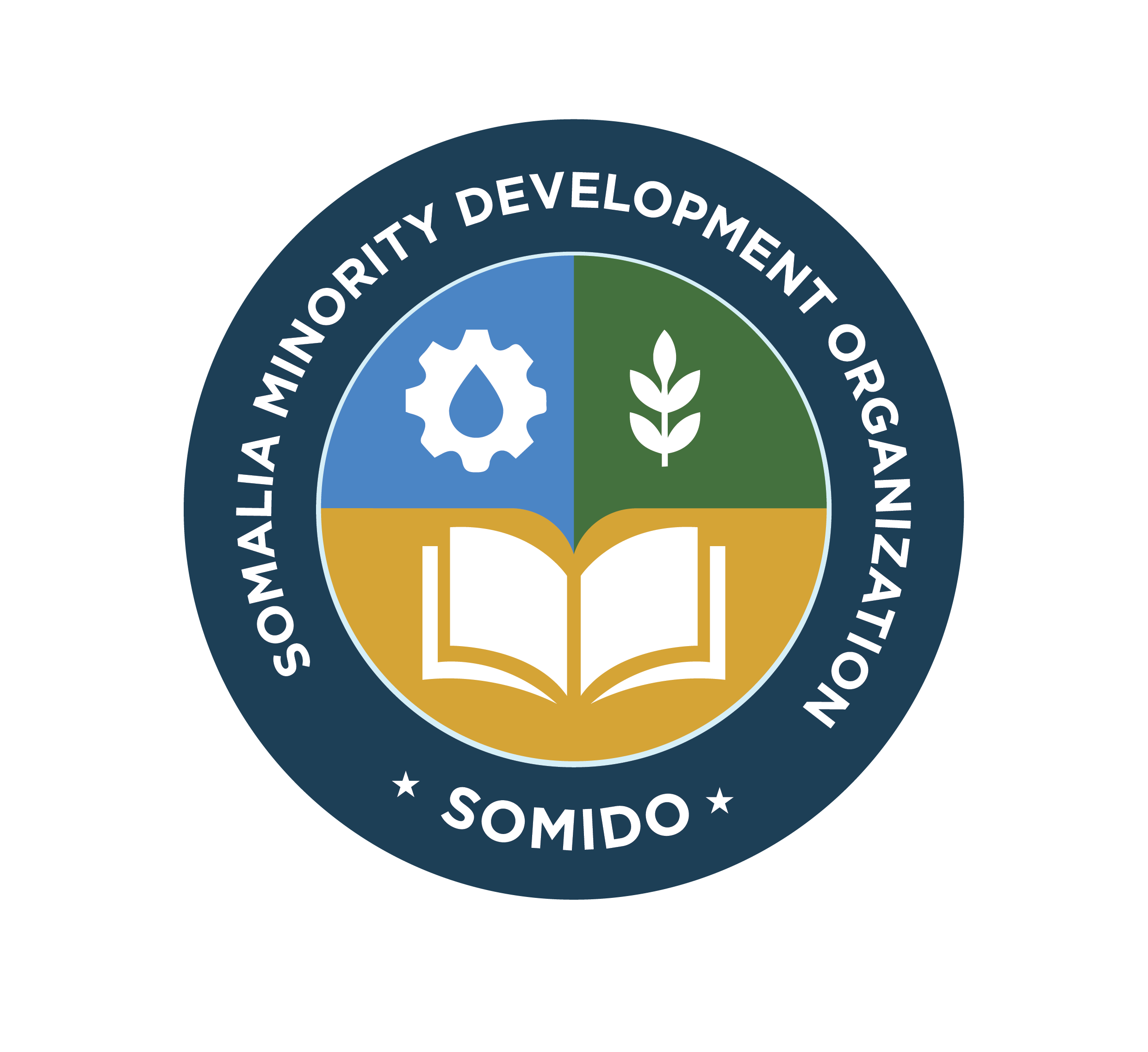SOMIDO’s education work supports minority learners with enrollment drives, scholarships, inclusive teaching, and community learning hubs that turn access into lasting belonging.
Sometimes, the simplest moments hold the deepest wisdom. Let your thoughts settle, and clarity will find you. Use this quote space to share somWhen a child steps into a classroom for the first time, it’s more than a seat and a desk—it’s a shift in possibility. For minority learners in Somalia, that first step can be the hardest. Distance, fees, discrimination, and household pressures pull children away from school long before they experience the joy of learning.ething inspirational or reflective, perfectly aligned with the theme of your article.
SOMIDO’s education work is designed to change that path—from enrollment, to retention, to true belonging.
Start with the barriers, not the brochure. We begin by mapping what keeps children out: cost of uniforms and books, long walks to distant schools, language and cultural gaps, and stigma that discourages families from sending girls. Community volunteers then mobilize parents and local leaders, helping them see education as a right and a long-term family investment.


Reduce the hidden costs. Scholarships and learning kits—uniforms, exercise books, pens—remove immediate financial pressure. Small supports make big differences: a uniform that lets a child fit in; a backpack that keeps books clean through the rainy season.
Make classrooms inclusive. Through teacher training, we promote culturally responsive and gender-sensitive methods. That means addressing language barriers, designing lessons that reflect local realities, and ensuring girls feel safe and encouraged to speak. Inclusion isn’t a module—it’s a mindset that shows up in the seating plan, the examples teachers use, and the way they handle questions and mistakes.
Wrapping Up with Key Insights
Bring learning closer. Where schools are far, SOMIDO supports community learning centers and adult literacy classes. Parents who can read and write are more likely to keep their children in school. Learning becomes a household habit, not an individual journey.
Celebrate the return. Back-to-school campaigns are community events. They reframe school as a shared pride project and invite boys and girls back after disruptions—from drought displacement to family emergencies.
What changes? Attendance rises, dropouts fall, and students participate more actively. Families begin to plan around the school calendar, not around the possibility of withdrawal. Teachers report calmer classrooms and higher confidence among learners who once stayed silent.


Leave a Reply